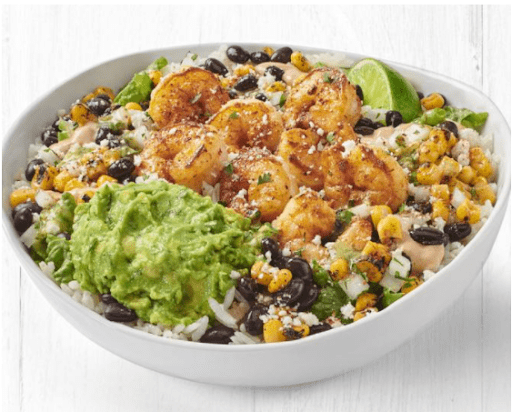The flavor lifecycle describes the various paths flavors and ingredients take from being novel and emerging, to becoming a mainstream staple. The flavor lifecycle unearths indicators that can guide future flavor innovation. Understanding why certain flavors are trending and what motivates or prevents consumers from trying them can help predict the speed and probability of a flavor’s route toward mainstream adoption.
Foodservice first
Emerging flavors are still primarily introduced to consumers through foodservice channels first, typically independent restaurants. Grocery also plays a large role in new flavor exposure; but when it comes to trying new flavors, consumers tend to start in foodservice sectors and adopt these flavors through retail purchases.
Nearly two-thirds of consumers try new flavors at restaurants, and a third of consumers are influenced by flavors tried in restaurants when shopping for groceries, according to Mintel research on flavor lifecycles. Independent restaurants and innovative limited-service restaurants are often the first place emerging flavors gain traction.
Battle of the retail brands
Specialty and premium brands are known for cutting-edge product and flavor innovation and Millennial foodies are the most engaged in these product lines more than other consumer groups. However, innovation from private label brands has raised the bar for all brands and since price is the top barrier when it comes to trying new flavors, this may be a catalyst to developing a broader group of flavor seekers and accelerating the adoption cycle.
COVID-19 has shifted flavor discovery
One traditional path to flavor discovery has been disrupted due to foodservice restrictions, yet the craving for experience is strong, especially with mealtime and recipe burnout. The path to discovery has never been singular yet this temporary rerouting has elevated the role of other established channels and some new, less-explored ones. Shifts in food spending and sourcing will challenge the path to discovery for consumers and brands. Increased online grocery shopping means fewer impulse buys and less browsing. Social channels and online resources will play an increasingly larger role in the discovery portion of the flavor lifecycle.
New flavor discovery is multichannel
While the path to new product trial has many layers, the first part of the journey – learning about new flavors and ingredients – is rooted in social experience and relationships. These social exchanges can be and likely are a mix of digital and personal experiences with family and friends, social networks and even mediums that consumers use to entertain and educate themselves. The food or the venues are important but secondary. While nearly three in five consumers sometimes try new flavors, only one in five go out of their way to do so, indicating that most consumers will be likely to learn about flavors in mostly casual, digital and often spontaneous ways.
Support evolving consumer wellness goals within future innovation
Growing interest in and aspirations for wellbeing have been even further accelerated by COVID-19 and consumers are now looking at health through an added lens – immunity. Mintel’s 35-market Trend Driver study finds more than three-quarters of US consumers say taking care of personal health is a top priority and two-thirds put a lot of thought into what they eat. Brands can help support consumers in their quest to make better food choices through innovation, featuring ingredients and flavors that contribute to getting or staying healthy. Turmeric is a strong example of the power that health and functional benefits can have on the mainstreaming of ingredients.
Make discovery price accessible
The best way to inspire trial among the widest swath of consumers may be trial sizes and sampling programs, once these are perceived to be safe. A price barrier is the top deterrent to new product trials, which can be addressed by small pack/portion sizes, such as apps and snacks. Brand and flavor familiarity play a lesser role than one would think, indicating that leveraging value, experience and sometimes health can be powerful.
To learn more about flavor lifecycles impact on foodservice menus, grocery retail and consumer discovery, check out the Mintel Store and buy the comprehensive report, Flavor Lifecycles: Incl Impact of COVID-19 – US.







































